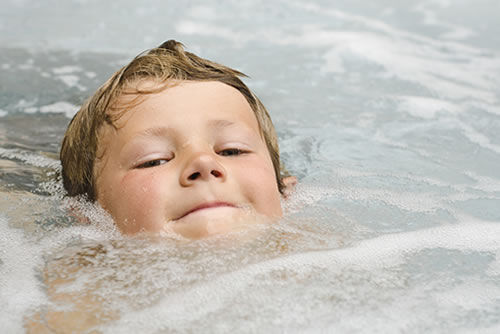High-quality billiards cues can cost several hundred dollars. At that price, you’ll want to protect your investment with a rack, case and a few cleaning supplies. Performing general maintenance, as described below, can extend the lifespan of your cue and keep it consistent during gameplay.
Shaping the Tip
The tip is the most important part of the cue. One that is too flat, round or smooth will cause a miscue. The perfect tip is somewhat domed-shaped (i.e. the curvature of a nickel). It will also be rough to allow the chalk to hold and create friction with the cue ball.
Over time, the shape and texture of the tip will change. You can readjust the tip with fine-grade sandpaper or a special tipping kit from your local billiards store.
Cleaning the Shaft
The cue’s shaft loses its slickness with play. For instance, chalk on the hands or dust from the air can affect how it glides. Occasionally wiping the cue shaft with a wet cloth will remove this build-up and other oils. Likewise, you can buy a special cue cleaner and polish for optimal performance.
Since cues are made from wood, they are susceptible to warping and denting. Thus, you need to keep your cues in an environment with controlled temperature and humidity. Otherwise, store them in a sturdy, well-insulated case.
For dents, you may be able to pull them out with a little heat and friction. Once pulled, it will bubble on the surface, at which point you can sand it down. That said, it’s sometimes best to bring a damaged cue into the shop and have an expert tend to it.
Wrapping the Butt
The butt end of the billiards cue should have some type of linen or rubber wrap to absorb moisture. This wrap can be replaced with something newer and tighter. Some cues are not wrapped, though, in which case the butt should be treated the same as the rest of the shaft.




